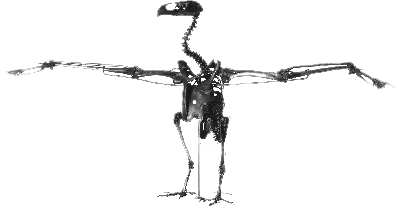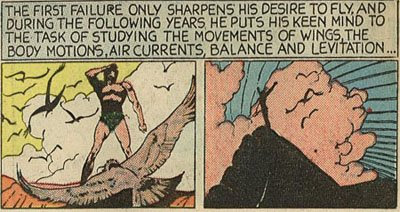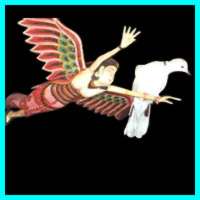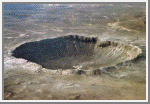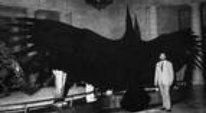
Above (from Padian 1985): A generalized bird wing (hum= humerus,
r= radius, u= ulna, c= carpus, mc= metacarpus, I-III= numbered digits).

In the wing diagram above, the bone marked "hum" is the same as the Teratorn bone in the picture below. As measured against the six-inch rule in the graphic the bone comes out to be over fourteen inches in length, which translates into a wingspan with a minimum of twelve feet to as much as sixteen feet, possibly larger. A similar humerus unearthed in Argentina measured twenty-two inches, indicating a wingspan of twenty-five feet. Feather size is estimated to have been 1.5 meters (60 inches...that is, FIVE FEET long); and 20 centimeters wide (8 inches). The large wing size would limit a bird of such size to more open areas such as the South American pampas or the North American great plains as maneuverability around trees and shrubs would be difficult. It is not presently known if Teratorns actively flew by flapping it's wings or if it mostly soared as do present-day Condors or Turkey Vultures.
For an interesting comparison in wing design and flight adaption between the feathered bird-wing structure used by the twenty-five foot wingspan Teratorn and the elongated fourth finger approach used by the fifty-foot wingspan pterosaurs please visit: QUETZALCOATLUS: Dragon of the Clouds
